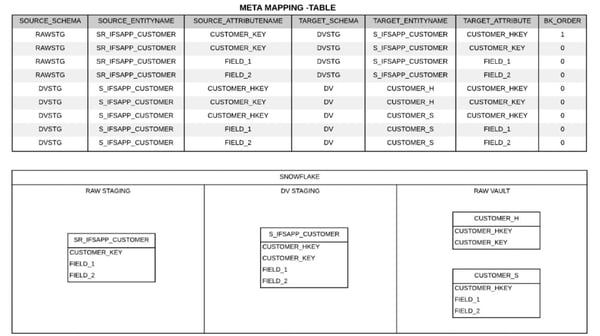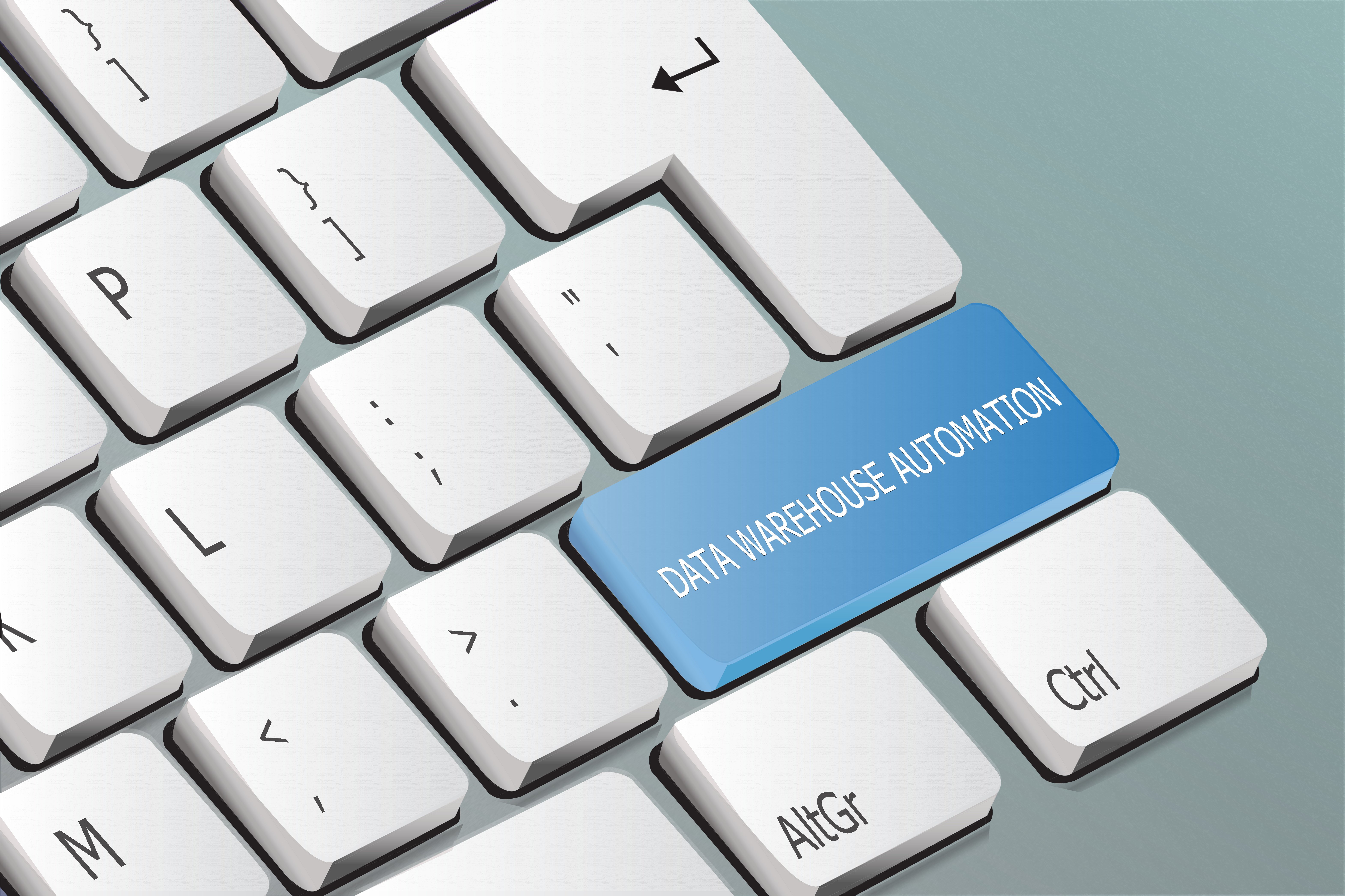Automation is now a major force in the tech space—including data warehouses.
Automation is not foreign to data warehouses, but it is—compared to say, a decade ago—far more influential today. This is mainly due to the increasing number of organizations adopting rapid development, making automation a welcome addition, as it significantly boosts agile practices.
By automating repetitive tasks and low-level work, organizations can spend more of their resources on strategic work to improve innovation and achieve operational excellence in a variety of areas.
How Data Warehouse Automation Works
Data warehouse automation (DWA) revolves mainly around the use of metadata, development wizards and templates.
The DWA tools assess patterns within the data vault lifecycle to automatically generate important assets (e.g. code, tables, documentation).
A simple example is in automating ETL, one of the most common processes in data warehousing. With DWA, organizations can automatically transform ETL into code templates that can be replicated anywhere.
More importantly, these code templates contain metadata that gives context on what it should do when executed. Not only are the templates reusable, they can also be customized to meet specific processes to enable complete automation in data vaults.
 An example of metadata mapping in DWA
An example of metadata mapping in DWA
Why Organizations Must Automate Data Warehouses
The traditional, ineffective practices of data warehousing are no longer beneficial for agile organizations.
Some challenges companies face include keeping up with long development cycles, inefficient metadata management and mounting costs—issues that are causing serious problems in today’s fast-moving data warehousing landscape.
DWA is very much required to cut down on manual work so organizations can spend their valuable time and money on strategic tasks. This enables rapid innovation and makes work more productive (and enjoyable) for employees.
Another reason why DWA is important is to fully capitalize on Data Vault 2.0, which is defined as:
A system of business that extends beyond the data warehouse to offer a data model capable of dealing with cross-platform data persistence, multi-latency, and multi-structured data, and massively parallel platforms.
Data Vault 2.0 is built on repeatable rules which makes it perfect for agile-practicing organizations. All these processes—from replicating patterns to data integrations—can be automated to help organizations bring data vaults into production faster without affecting security.
The Major Benefits of Data Warehouse Automation
Data Integration Cycles Executed and Completed Quicker
DWA expedites the integration of data between vendor tools and enterprise applications by automating repetitive, time-consuming tasks. With DWA, organizations can speed up their processes to the point where the process takes only a fraction of the time compared to previous integration cycles. For example, a task that may typically take 6 hours of manual work to complete can be completed in as little as 30 minutes.
Essentially DWA allows organizations to dramatically speed up the time to market for data warehouse projects. Rapid speed to market is one of the key drivers of organizational success, which is why businesses need to focus more on cutting out inefficient work as much as possible.
An added advantage of DWA tools is the ability to protect the stability of your servers by striking the right balance between application and ETL workloads. This ensures servers are not overloaded with data vault processes, while still maintaining optimal performance.
Instant Reports for Development Teams
Without automation tools, organizations have to spend precious time manually analyzing results to generate reports. DWA, on the other hand, does this automatically whenever an ETL process is completed.
Quicker access to warehouse data and insights boosts business agility significantly, enabling organizations to act and respond quickly (and effectively) in the market.
Reports generated through DWA are also sent out automatically to the right people, so they can make decisions about their data vaults faster, which again benefits business agility.
New Data Warehousing Processes Can Be Implemented Faster and Easier
Organizations can easily add new processes to their data warehouses thanks to the availability of templates. This reduces the need to perform the same tasks over and over again when adding or upgrading data vault processes.
As a result, data warehouses can be revamped quickly to cut down on spending and development resources. The extra budget can then be funneled to higher-level tasks that return more value to businesses.
Less tedious work also produces happier employees. By using templates, developers don’t have to spend time writing boilerplate code, thus improving productivity and reducing software bugs at the same time.
Ensuring Data Compliance Is Met Through Data Transparency and Monitoring
Data compliance is an important issue that organizations should take into account when managing data warehouses.
DWA overcomes this challenge by making each task visible and tracking every process execution. Since entire processes are monitored, IT teams can identify areas to improve and easily fix errors. This monitoring ensures accountability, which is an important factor in helping organizations maintain compliance.
Automated code generation processes like DWA also work well with automated testing—a staple in most industry-leading tech teams. This further improves compliance, as automation produces many fewer errors compared to manual testing.
WhereScape: The Only DWA Solution Your Business Needs
DWA streamlines data warehousing by automating crucial tasks and processes—but it’s not all about ETL automation.
Organizations get the full suite of benefits when they leverage DWA. From analyzing and designing data vaults to monitoring key performance metrics, businesses can save time in data warehousing work while consistently implementing high-quality software.
Shorter development cycles also allow business departments to deliver products quickly and speed up the time to market. This enables organizations to achieve rapid innovation and operational excellence at the same time.
Over at Kaito, we’ve partnered with WhereScape, the industry’s leading DWA solutions provider, to provide data warehousing solutions and speed up development by up to 80% for enterprises.
WhereScape integrates seamlessly with Snowflake to automate key workflows, significantly fast-tracking data infrastructure development life cycles. With WhereScape, developers gain full control over when and how changes to source systems are integrated into the data warehouse platform, regardless of whether it is on the cloud or on-premises.
Want to read more informative posts like this? Head over to our blog to discover the latest trends and insights in the industry.






